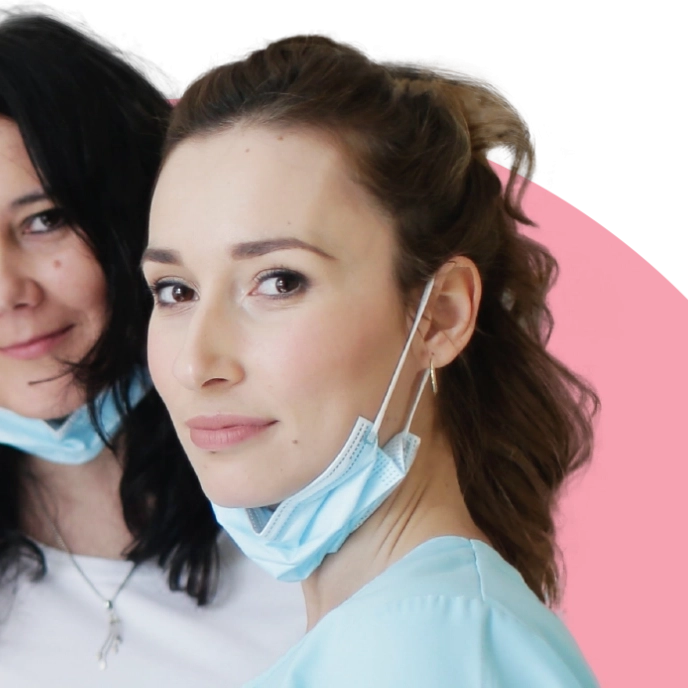How to Choose the Right Pet Groomer?
Introduction
When it comes to our beloved pets, their well-being is of utmost importance. One essential aspect of their care is grooming, and choosing the right pet groomer is crucial. In this comprehensive guide, we will walk you through the process of selecting the perfect groomer for your furry friend. From assessing qualifications to evaluating the grooming facility, we’ve got you covered.
Understanding Your Pet’s Needs
Before embarking on your quest for the ideal pet groomer, take a moment to understand your pet’s specific requirements. Factors to consider include:
Breed and Coat Type
Different breeds have distinct grooming needs. Long-haired breeds may require more frequent grooming to prevent matting, while short-haired breeds may need occasional maintenance.
Allergies and Skin Sensitivities
If your pet has allergies or sensitive skin, it’s crucial to find a groomer who uses hypoallergenic products and has experience with such cases.
Researching Grooming Qualifications
Now that you know what your pet needs, let’s explore the qualifications to look for in a pet groomer:
Certification
Ensure the groomer is certified by a reputable grooming association, such as the National Dog Groomers Association of America (NDGAA).
Experience
An experienced groomer is more likely to handle your pet with care and expertise. Inquire about the groomer’s years of experience.
Checking Reviews and Recommendations

To gauge the quality of service provided by a groomer, consider the following steps:
Online Reviews
Search for online reviews on platforms like Google, Yelp, or social media. Positive reviews can indicate a trustworthy groomer.
Recommendations from Pet Owners
Ask fellow pet owners, friends, or family members for recommendations. Personal referrals often lead to excellent grooming experiences.
Visiting the Grooming Facility
A crucial step in the selection process is visiting the grooming facility in person:
Cleanliness
A clean and well-maintained facility is a sign of professionalism and ensures your pet’s safety.
Equipment and Tools
Inspect the grooming tools and equipment. They should be clean and in good working condition.
Assessing the Grooming Process
Understanding how the groomer works is vital for your pet’s comfort:
Handling Techniques
Observe how the groomer interacts with pets. They should be gentle and patient.
Sedation Policies
Ask about the groomer’s policy on sedation. It should only be used when absolutely necessary and under the guidance of a veterinarian.
Discussing Special Requests
If your pet has specific needs or preferences, communicate them with the groomer:
Special Instructions
Provide clear instructions for the grooming session. This includes any health concerns or particular styles you prefer.
Pricing and Payment Options
Ensure you have a clear understanding of the costs involved:
Price Structure
Ask for a breakdown of grooming costs. This will help you avoid unexpected charges.
Payment Methods
Check if the groomer accepts various payment methods, including credit cards, cash, or digital payments.
Scheduling and Availability
Consider the groomer’s schedule and availability:
Appointment Flexibility
Choose a groomer with appointment slots that align with your schedule to avoid inconvenience.
Emergency Policies
Inquire about their policies for handling grooming emergencies, such as accidents or unexpected situations.
Conclusion
Choosing the right pet groomer requires careful consideration of your pet’s needs, the groomer’s qualifications, and the grooming facility’s quality. By following these steps, you can ensure that your furry companion receives the best care possible.
FAQs
1. How often should I groom my pet?
Grooming frequency depends on your pet’s breed and coat type. Long-haired breeds may need grooming every 4-6 weeks, while short-haired breeds can go longer between sessions.
2. What certifications should a professional groomer have?
Look for certifications from reputable associations like the NDGAA (National Dog Groomers Association of America).
3. Can I bring my own grooming products?
Most groomers prefer to use their own products, but it’s a good idea to discuss this with them beforehand.
4. What if my pet has special dietary requirements during grooming?
Communicate any special dietary needs or allergies to the groomer, and they should accommodate your pet accordingly.
5. Is it essential to tip my pet groomer?
Tipping is a thoughtful gesture to show appreciation for a job well done. It’s not mandatory but is generally appreciated by groomers.

